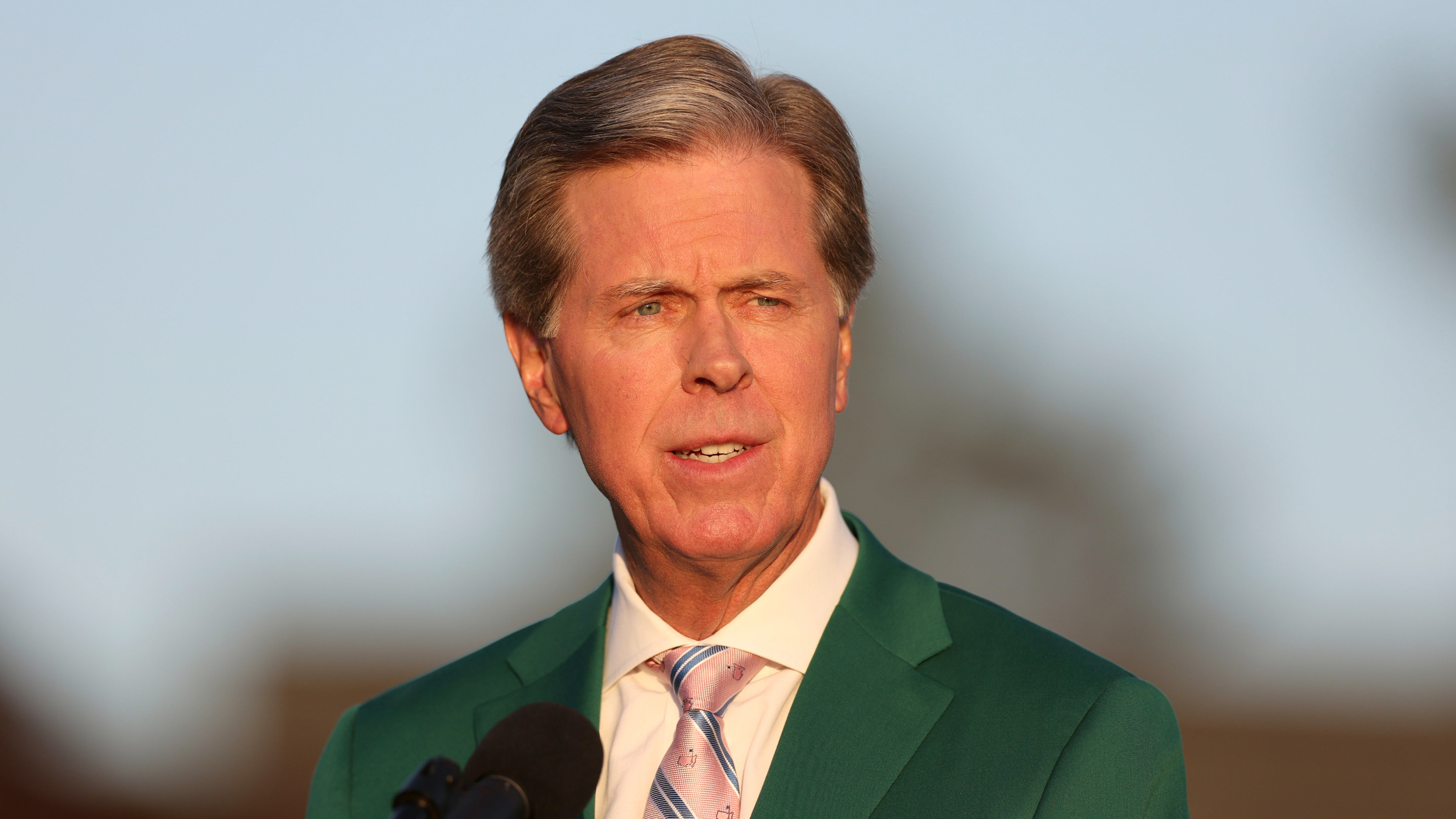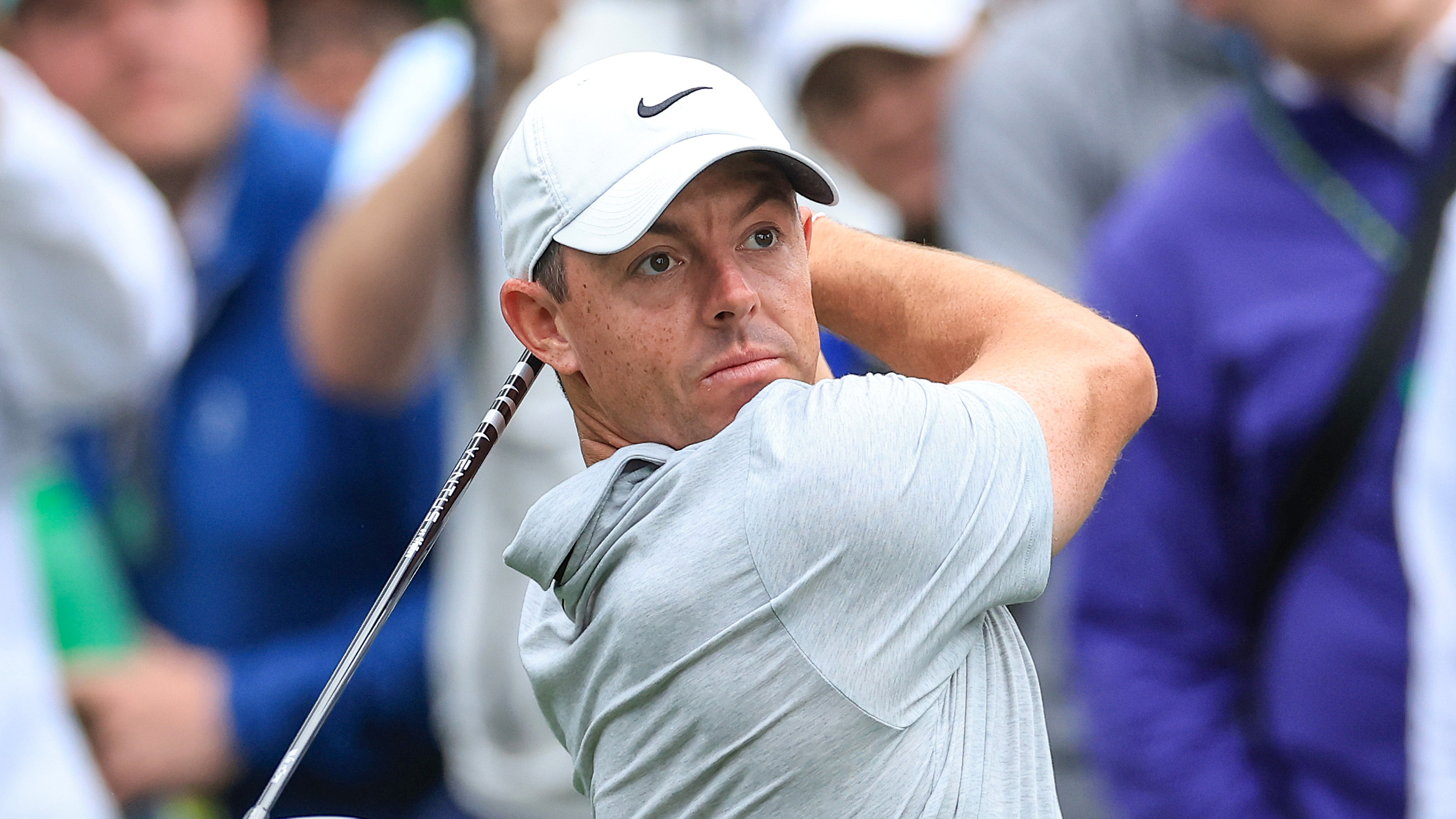
Augusta National chairman Fred Ridley has given the USGA and The R&A a boost by stating that the club supports the golf ball rollback plan.
The issue of driving distances has long been a point of contention in the elite game and after bifurcation plans were released in March last year seeking to address the issue, there was a considerable backlash.
That led to the governing bodies returning with revised plans last December, where they announced that, rather than bifurcation, the golf ball will be rolled back for professional, elite amateur and recreational players to "reduce the impact increased hitting distances have on golf's long-term sustainability.”
Augusta National has been far from immune from the trend of longer driving distances, with the 13th hole most notably being extended considerably before the 2023 edition of The Masters, while the second hole has been lengthened by 10 yards for this year's tournament.
While there was a mixed reaction to the golf ball rollback announcement elsewhere, Ridley explained during his press conference before The Masters that the trend can't continue. He said: "Adding distance to the Augusta National golf course has become standard operation over the past two decades.

"For almost 70 years, the Masters was played at just over 6,900 yards. Today the course measures 7,550 yards from the markers, and we may well play one of the tournament rounds this year at more than 7,600 yards.
"I've said in the past that I hope we will not play the Masters at 8,000 yards. But that is likely to happen in the not too distant future under current standards. Accordingly, we support the decisions that have been made by The R&A and the USGA as they have addressed the impact of distance at all levels of the game."
Following the announcement of the plan, players, manufacturers and circuits were quick to react, with the likes of Tiger Woods and Rory McIlroy supporting the proposal, but other pros critical, including LPGA Tour player Jenny Shin, who described it as “depressing.”
Golf manufacturer TaylorMade was also critical, while Titleist was unhappy too, saying in its own statement: “We do not believe this is in the best interests of the game.”
Elsewhere, the LPGA Tour and the PGA Tour broadly supported the idea, albeit with reservations.

However, Ridley is adamant something needs to change. Returning to the issue, he added: "Well, assuming that these regulations are adopted by the PGA Tour and the other I certainly hope they will be, I think were they not adopted it would cause a great deal of stress in the game, which it doesn't need right now.
"As I understand, and I don't think it's across the board, but, I mean, if you use 5 percent as an approximate number, a player hitting it 320 yards is going to lose 16 yards. So, I mean, that's not insignificant.
"What we found, though, over the years is that we lengthen the golf course, everybody says it's really long, and then two or three years later it's not so really long."
He continued: "I think we have some time to look and see what's going to happen. We have some more room, but we don't have a lot. So I'm holding to that 8,000-yard red line, and I just hope we never get there."
The plan will come into force in the elite game in 2028, with all other levels following in 2030.







